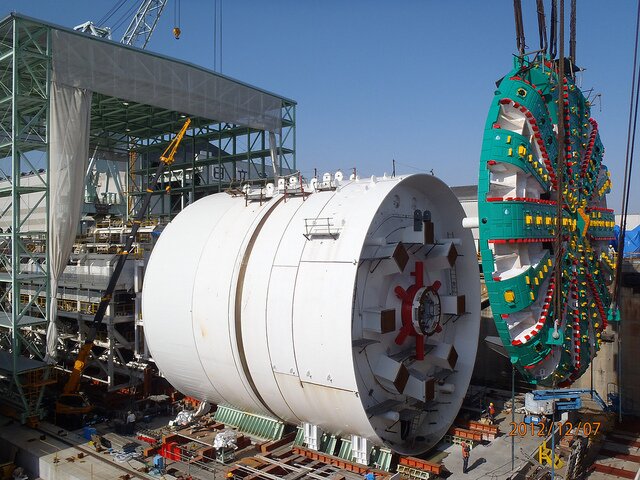Seattle’s department of transportation put in some swift demolition work over the July 4th holiday weekend, reopening SR 99 early Sunday morning and then Mercer Street by the afternoon, beating their 5 a.m. Monday morning target handily. On July 3rd, there was an eastern side to the SR 99 overpass that spans Mercer Street; now there isn’t. (If you’re on Facebook, make a point of Liking the SDOT page, which alerts you to all sorts of traffic impacts around the city.)
Traffic had been rerouted well in advance of the actual demolition, so drivers won’t notice any difference in the chaotic traffic pattern due this piece of the work on the Mercer Corridor Project. Now SDOT will build a new half-an-overpass, allowing a wider Mercer Street, and once that’s done — setting the girders in place will likely prompt a weekend closure of Mercer and at least the northbound lanes of SR 99 — demolish the western side (again, a weekend closure). That should come sometime before October.
But that’s it for major disruptions — there will still be detours and lanes shifted occasionally, but you won’t lose access entirely.
At times like this, it’s perhaps a good idea to refresh your memory on what the point of it all is. SDOT provides a full description of the Mercer Project here. In terms of motorized traffic flow, the goal was to remove a righthand dogleg for drivers exiting I-5 toward Seattle Center. In its finished state, Mercer will have three eastbound and three westbound lanes. But the wider Mercer Street will also allow for wider sidewalks on both sides, as well as a separated, two-way bike path on the north side of Mercer.
